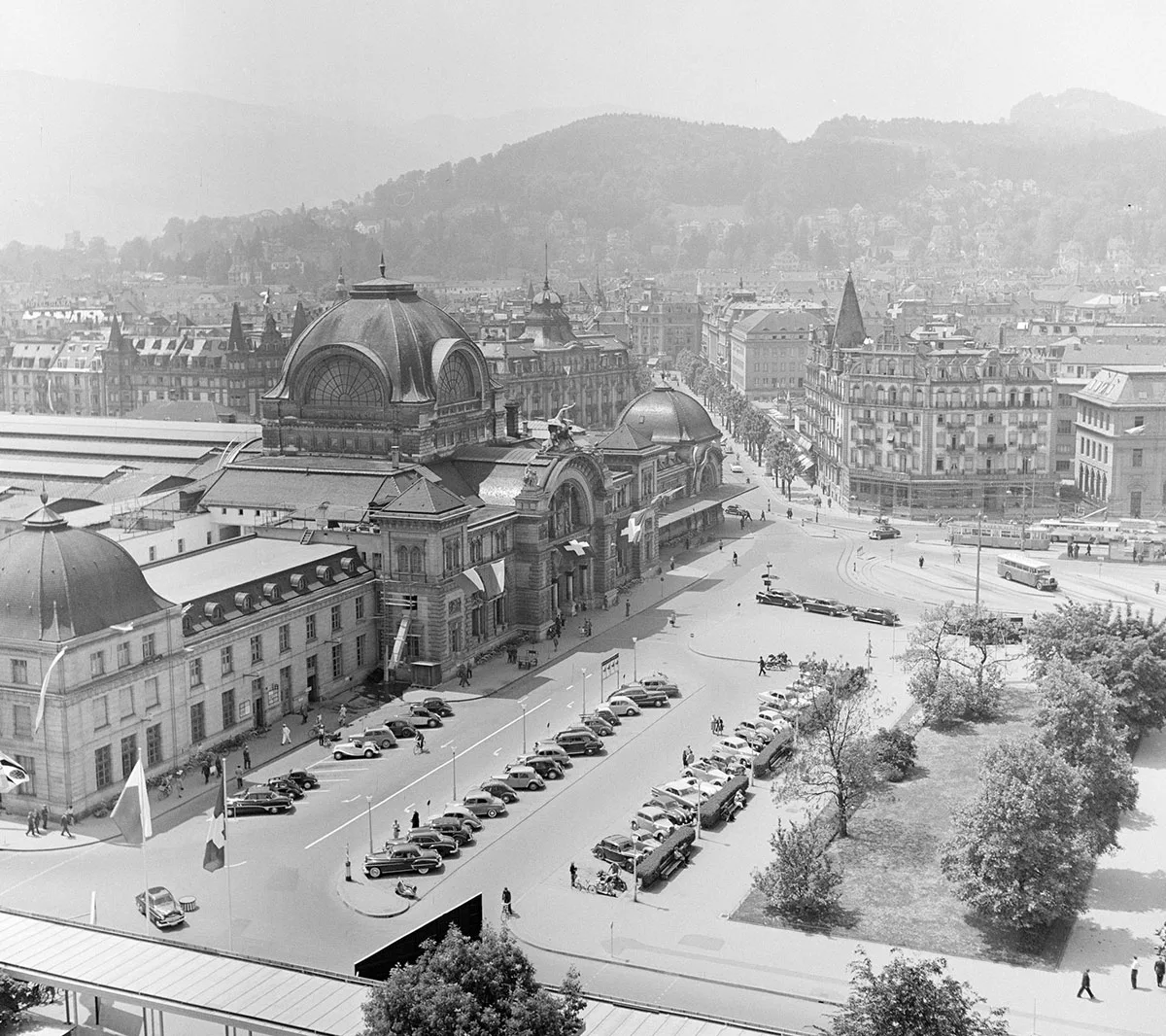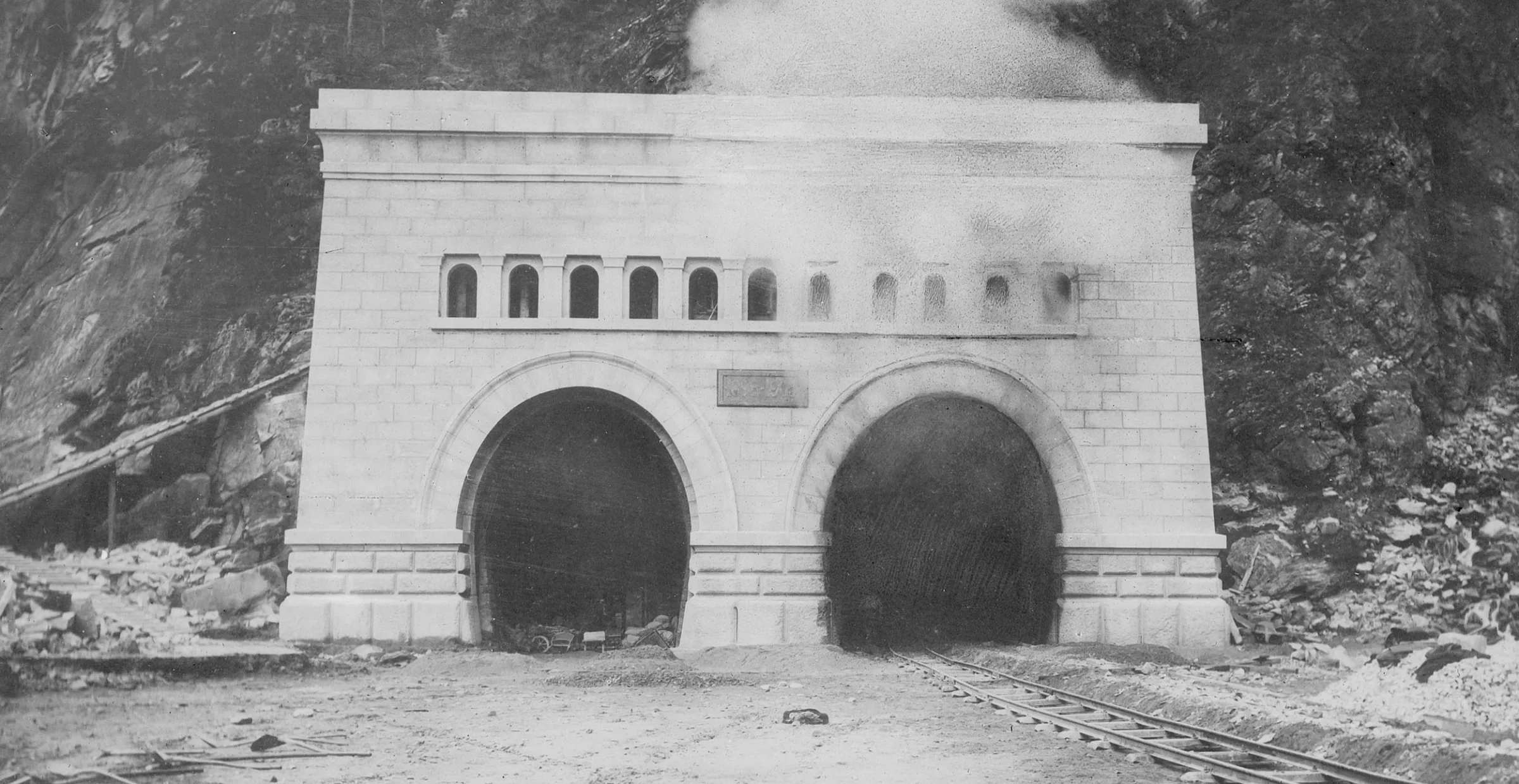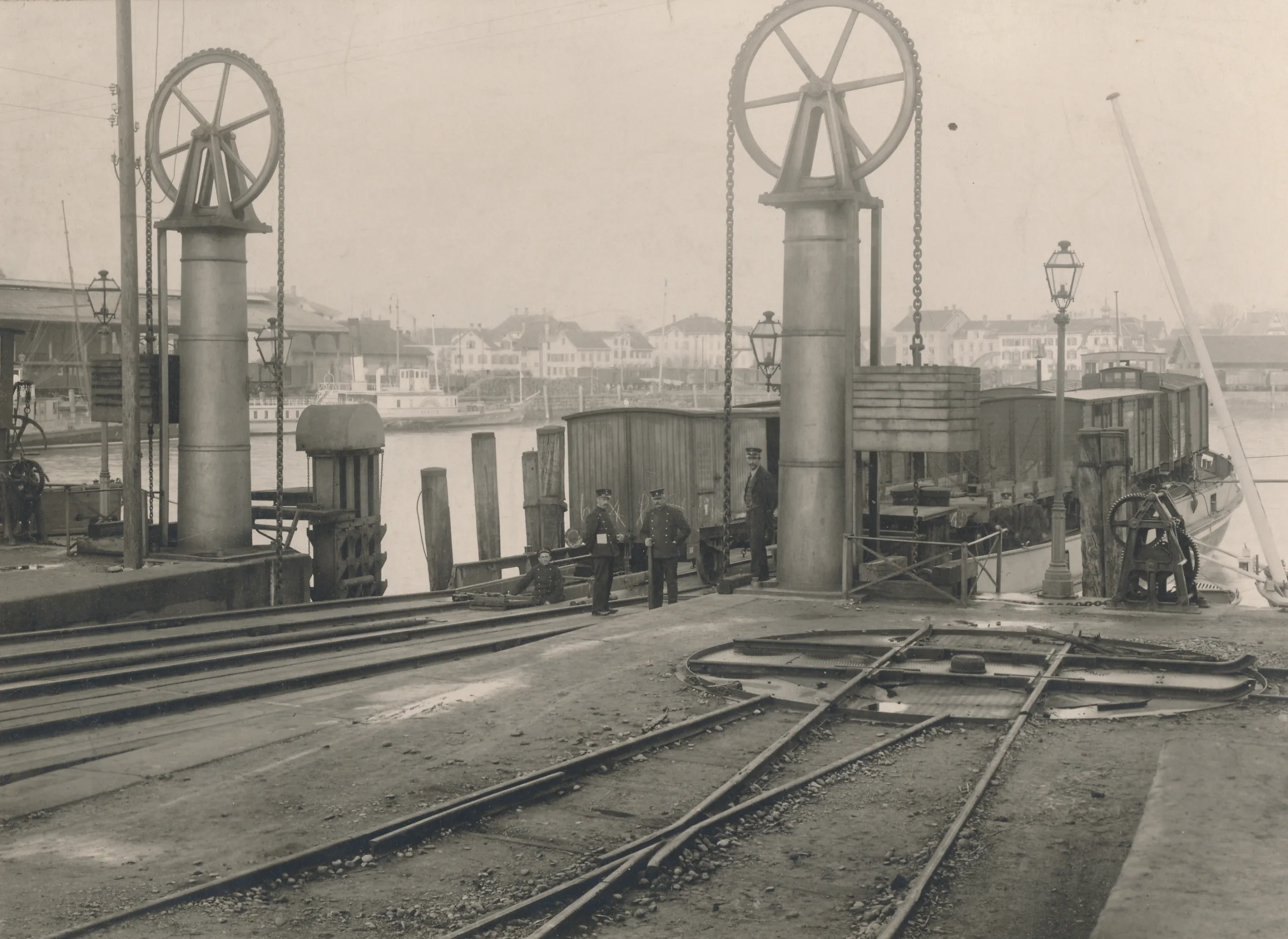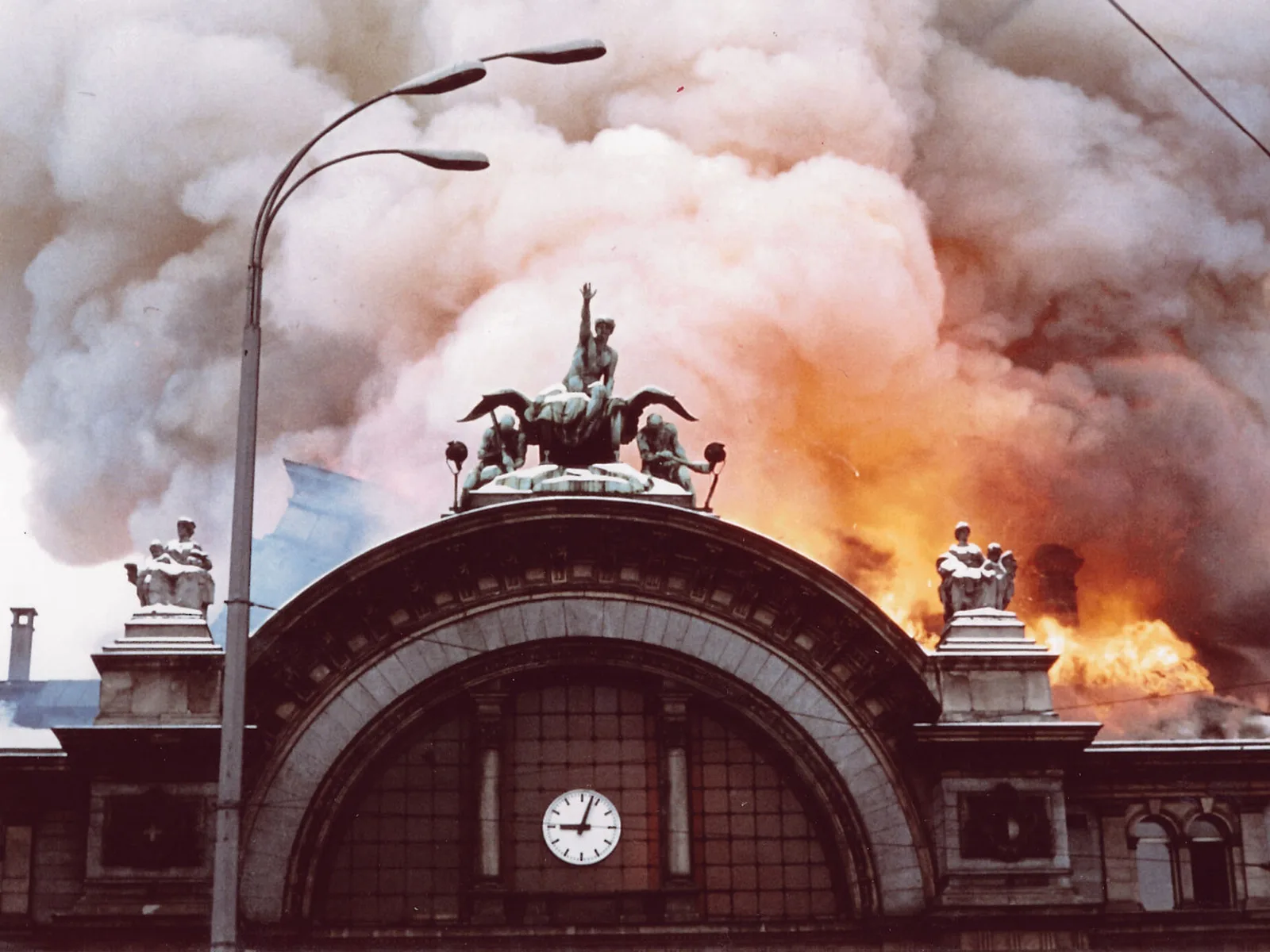
The fire at Lucerne railway station
On 5 February 1971 a devastating fire broke out at Lucerne railway station, destroying large sections of the Art Nouveau building. It was the biggest railway station fire since the formation of SBB.
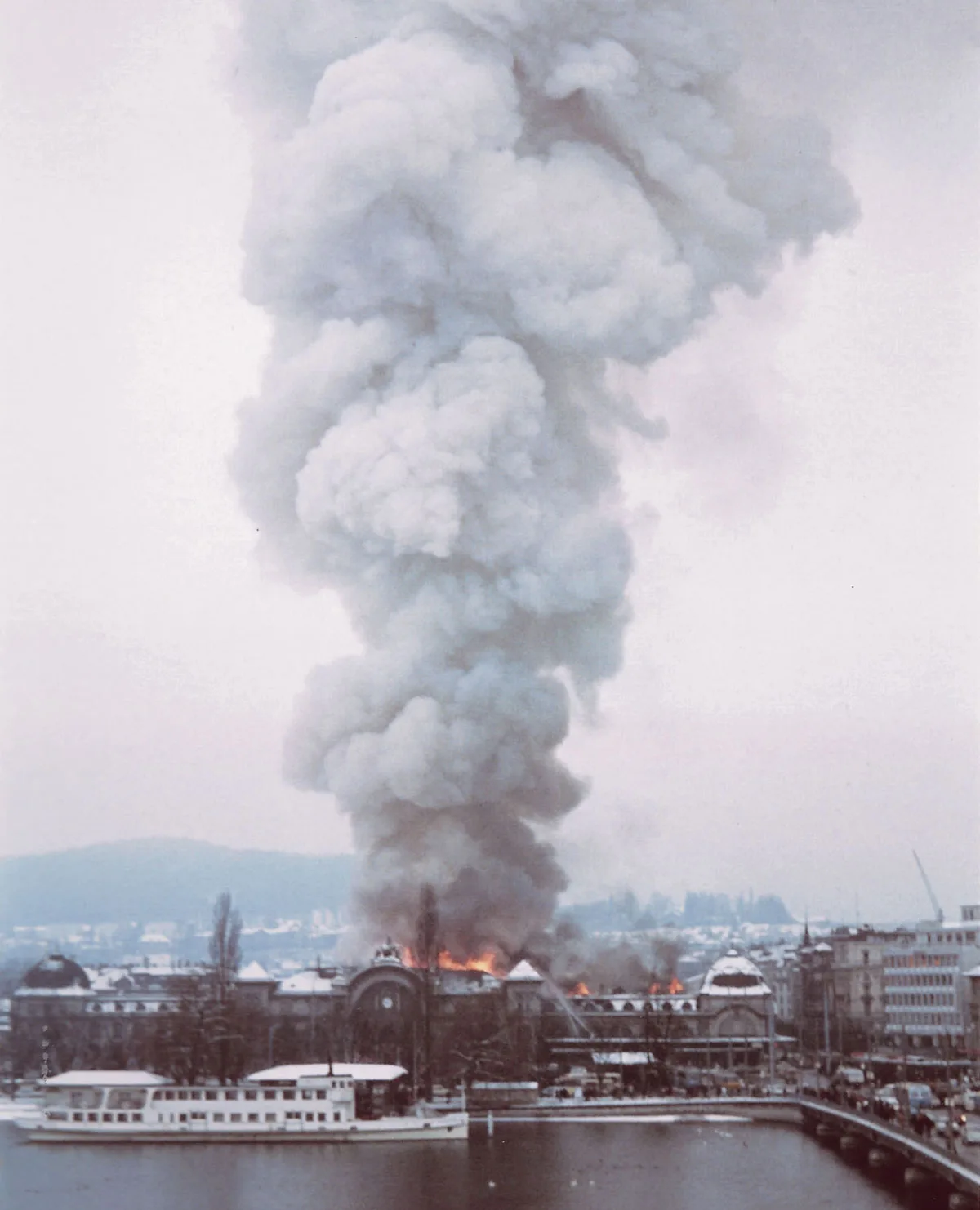
Video of the Lucerne railway station fire. SRF
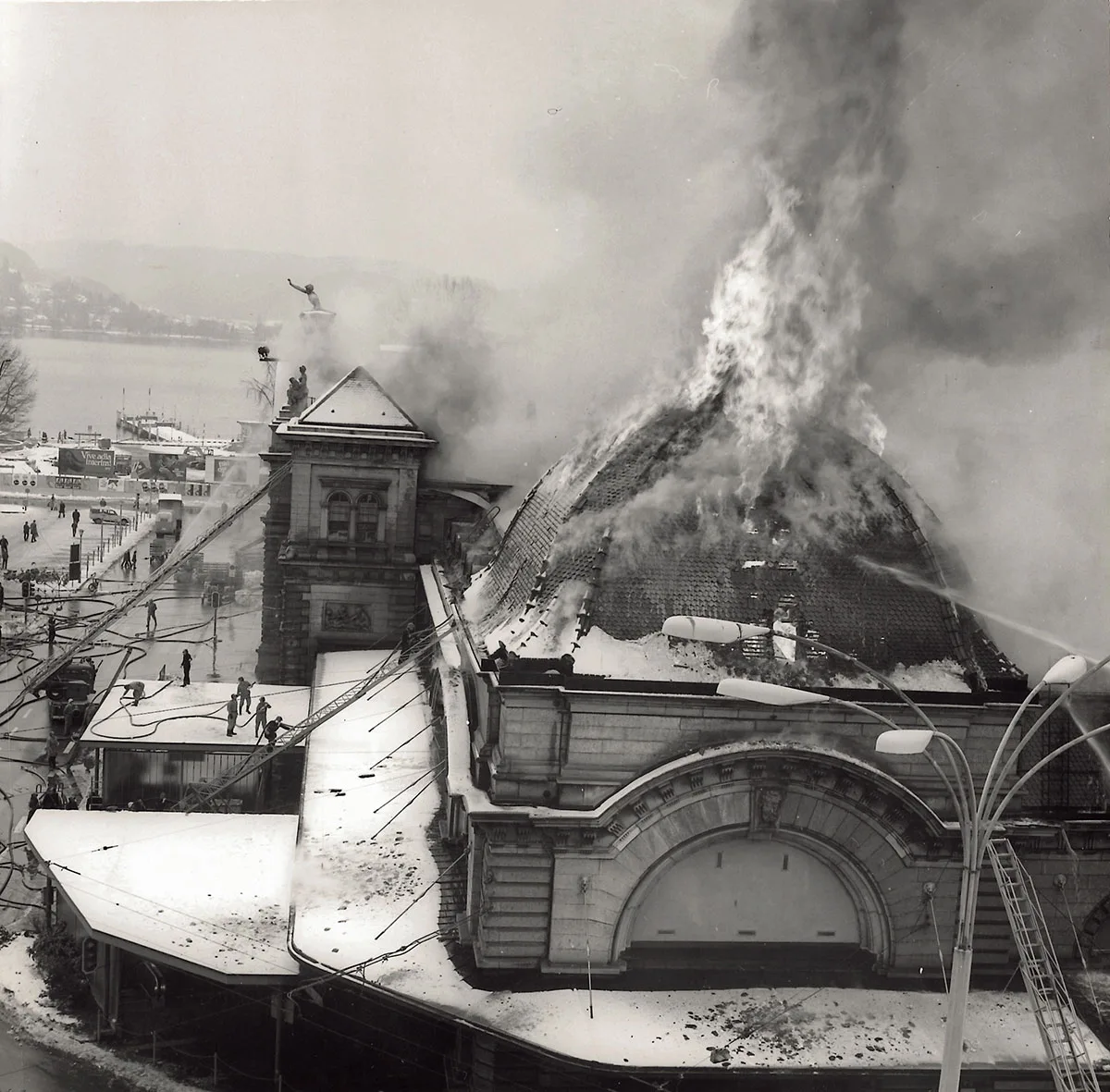
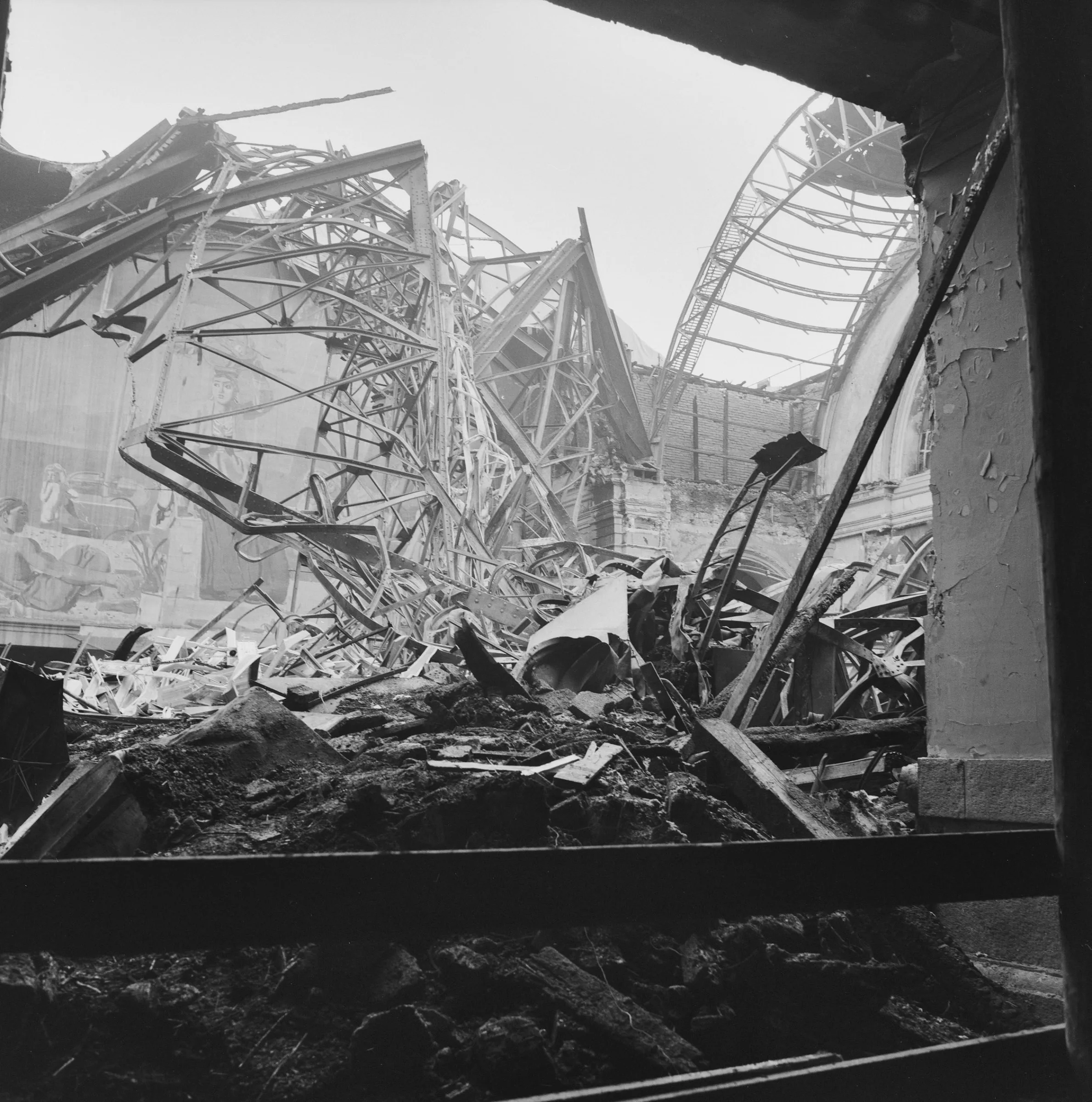
More than 220 tonnes of scrap
It’s not every day that, at a major railway station, the platforms, ticket counters, luggage and express goods service, information office, currency exchange counter, waiting rooms and large restaurants are rendered unusable within the space of half an hour.
